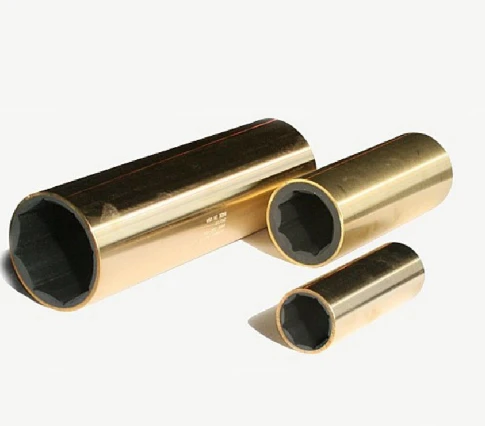axle bearing seal
Understanding Axle Bearing Seals Importance and Maintenance
Axle bearing seals are critical components in the functioning of vehicles, ensuring the smooth operation of the drivetrain by protecting bearings from contaminants and retaining lubricants. This article highlights their significance, types, and maintenance tips to enhance longevity and performance.
What Are Axle Bearing Seals?
Axle bearing seals fit around the axle shaft, creating a barrier against dirt, moisture, and other debris that could potentially cause damage to the bearings. They serve a dual purpose keeping the lubricant in and preventing harmful external elements from contaminating the bearing surfaces. The effective performance of these seals is paramount for the overall health and efficiency of the vehicle.
Types of Axle Bearing Seals
There are various types of axle bearing seals available, including lip seals, elastomeric seals, and metal-clad seals. Lip seals are the most common and feature a flexible lip that creates a tight fit around the axle shaft, preventing leaks. Elastomeric seals are made from a resilient rubber material, providing excellent resistance to wear and tear. Metal-clad seals feature a metal housing that offers additional protection against extreme conditions and can prolong the lifespan of the bearings significantly.
Signs of Worn or Damaged Seals
Identifying the early signs of wear or damage in axle bearing seals is crucial for preventing more extensive repairs. Common indicators include unusual noises emanating from the axle area, grease buildup near the wheels, or fluid leaks. If these symptoms are noticed, it's essential to have the seals inspected and replaced if necessary.
axle bearing seal

Maintenance Tips
To ensure optimal performance of axle bearing seals, regular maintenance is key. Here are some tips
1. Routine Inspections Check the seals regularly during routine maintenance or oil changes. Look for signs of cracking, excessive wear, or leaks.
2. Use Quality Components When replacing axle bearing seals, opt for high-quality products from reputable manufacturers. Cheap alternatives may save money initially but can lead to more significant costs down the line due to premature failure.
3. Proper Installation Ensure that seals are correctly installed to avoid any misalignment, which can lead to increased wear and potential failure.
4. Lubricate as Needed Keep the bearings adequately lubricated to reduce friction and prevent overheating, which can adversely affect the seals.
In conclusion, axle bearing seals play an essential role in maintaining the integrity and performance of a vehicle’s drivetrain. Regular inspections and maintenance can help to extend the lifespan of these crucial components, ensuring safer and more efficient driving experiences.
-
The Ultimate Guide to Boat Propeller Bearings and Trailer Wheel Bearings
News Jul.31,2025
-
The Essential Guide to Marine Bearings and Boat Trailer Wheel Bearings
News Jul.31,2025
-
The Complete Guide to Heavy Duty Seals: Protecting Doors and Spaces Efficiently
News Jul.31,2025
-
Essential Guide to Marine Shaft Bearings and Boat Trailer Axle Bearings
News Jul.31,2025
-
Comprehensive Guide to Marine and Trailer Bearings for Safe Boating and Transport
News Jul.31,2025
-
Comprehensive Guide to Automotive Oil Seals: Protecting Your Engine and Shafts
News Jul.31,2025
-
Understanding Automotive Oil Seals: Essential Components for Engine and Shaft Protection
News Jul.30,2025
Products categories















